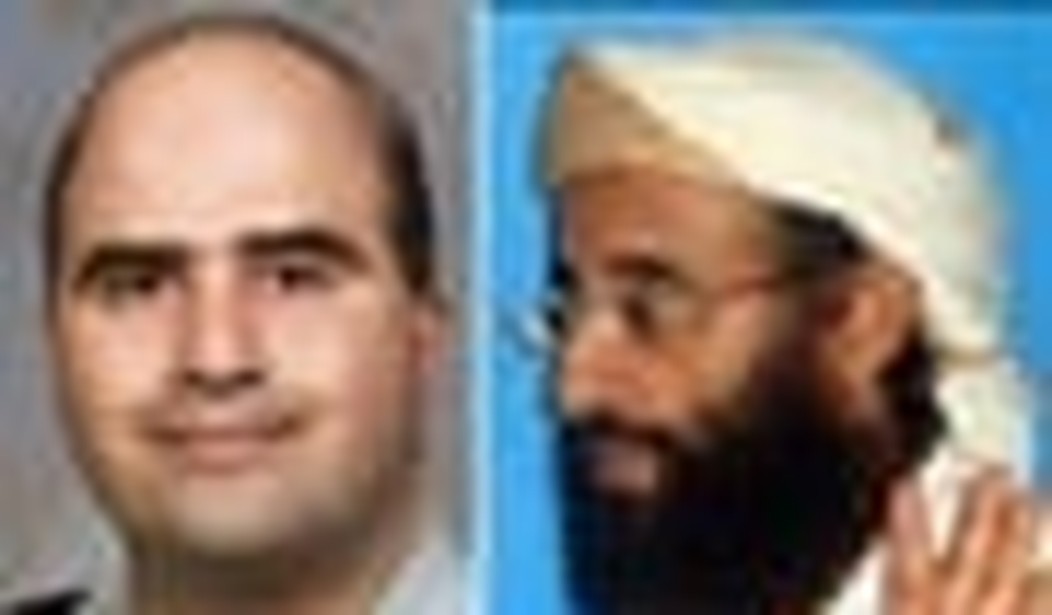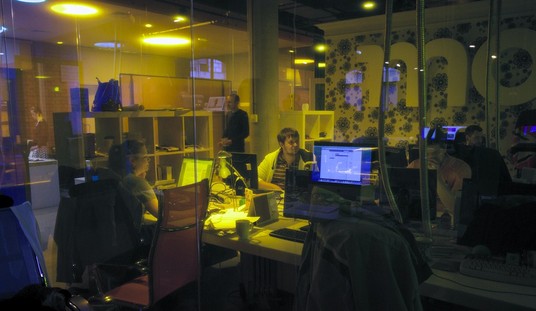Counter terrorism officials in the United States, and the West in general, have not yet understood that there is a political, non-combatant wing of the global Salafi-jihad movement. It acts as an international production line, routinely manufacturing thousands of Muslims with a Salafi religious orientation, a Salafi worldview, and the belief that they are part of an international movement designed to reform the world community of Muslims, bringing them back to what they consider “true” Islam, and bringing Islam back to global leadership.
While the majority of the members of this movement do not commit acts of violence, they totally support the combatant wing of the movement. They make their own contributions to its success by proselytizing, preaching, and fundraising; forming new front organizations; and creating centers of jihad support in schools, mosques, and Islamic centers.
It is out of this movement that the activists, committed long-term jihadis, and lone wolf attackers emerge. Unless we alter our approach to include aggressive investigations of the movement’s political organizations and elements, homegrown terrorists will continue to be radicalized and inspired to violence, and come to the attention of the authorities only after they have committed their crimes. Consider the cases of individuals such as Adam Gadahn (al-Qaeda spokesman Azzam al Amriki), Anwar al Awlaki (the 9/11 imam), John Walker Lindh (the American Taliban), Major Nidal Hassan (Ft. Hood massacre), and Faisal Shahzad (the Times Square bomber).
Our self-imposed limitations are all the more surprising because bin Laden’s deputy himself has told the world on numerous occasions, over at least five years, that much of al-Qaeda’s activity has nothing to do with carrying out specific jihad attacks.
- In his book Knights under the Prophet’s Banner, published in December 2001, Ayman al Zawahiri plainly stated:
The jihad movement must dedicate one of its wings to work with the masses, preach, provide services for the Muslim people and share their concerns through all available avenues for charity and educational work. We must not leave a single area unoccupied. We must win the people’s confidence, respect, and affection. The people will not love us unless they felt that we love them, care about them and are ready to defend them.
- Three years later, in an al-Qaeda communiqué entitled The Freeing of Humanity and the Homelands, which appeared on March 10, 2005, Zawahiri specified exactly the kind of non-combatant help it needed. He stated that in order to educate the Ummah, showing the world’s Muslims the dangers facing them, and inciting them to resist, al-Qaeda needs the active assistance of honest propagators, intellectuals, teachers, journalists, trade union men, and tribal elders.
- Again, a year and a half later, in an al-Qaeda communiqué entitled Between Islam and Disbelief, published on December 21, 2006, Zawhiri directed students, missionaries, and professionals to conduct specific non-jihad tasks, such as making mosques, universities, colleges and high schools centers for jihad support; converting for the jihad; facilitating recruitment and fundraising; spreading the ideology; identifying jihad targets, providing intelligence, and disseminating propaganda; carrying out acts of civil disobedience such as strikes, demonstrations, and sit-ins; refusing to pay taxes; preventing cooperation with security forces; and boycotting U.S. and Israeli products.
It is not surprising that al-Qaeda expends so much energy on non-jihad activity. The concept has been part of Islamist ideology since the creation of the Muslim Brotherhood in 1928. Islamism’s three most revered ideologues have espoused it — Hassan al Banna, the founder of the Muslim Brotherhood; Sayyid Abd ala Maududi, the founder of the Jamaat i Islami (the equivalent of the Muslim Brotherhood in Southwest Asia); and Sayyid Qutb himself.
As Maududi wrote in the 1940s:
In the jihad in the way of Allah, active combat is not always the role on the battlefield, nor can everyone fight in the front line. Just for one single battle preparations have often to be made for decades on end and the plans deeply laid, and while only some thousands fight in the front line there are behind them millions engaged in various tasks which, though small themselves, contribute directly to the supreme effort.
In the United States, the non-combatants that Zawahiri and Maududi describe as being so important to the movement will not be found by investigating small, violent jihad cells. In fact, many of these individuals will most likely never commit a violent act, but they will vigorously and enthusiastically convert, train, and support those who do.









Join the conversation as a VIP Member